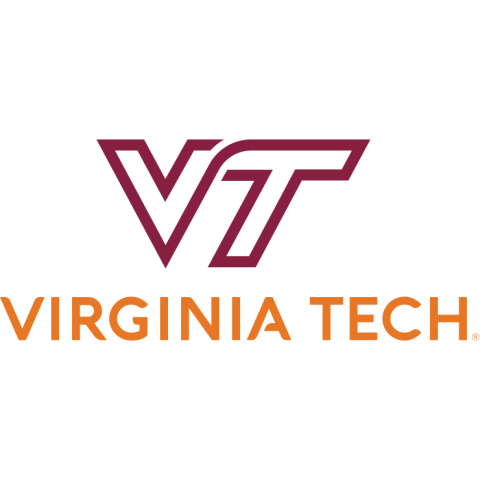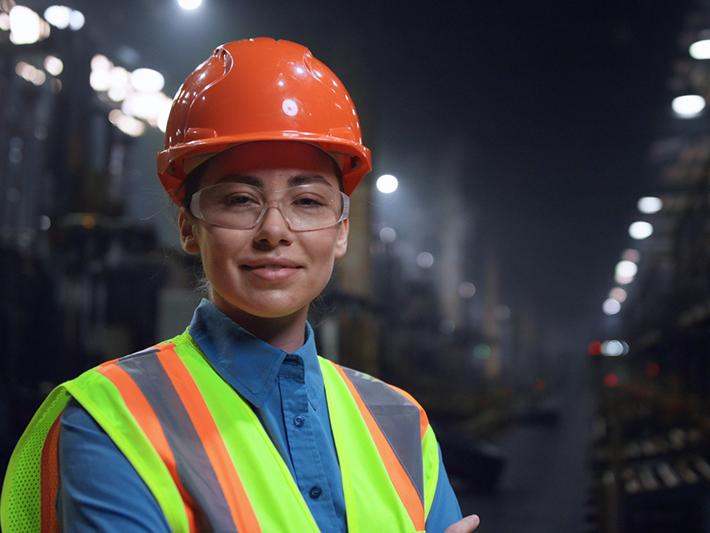
Equipping university graduates to think beyond the classroom
We throw the phrase “critical thinking” around a lot in higher education – and even more in conversations with employers. This skill is often held up as the hallmark of a good education, one that cuts across disciplines. But when I talk with students, and even colleagues, I’m struck by how vague that phrase can be.
What do we mean when we say critical thinking?
In my experience, particularly in engineering, it often boils down to this: can students take what they’ve learned in technical courses and use it in unfamiliar, complex, ambiguous situations? Can they figure out which tools to use, what assumptions are baked into those tools, and whether those assumptions hold true in the messy real world?
- Resource collection: Teaching critical thinking
- Teaching students how to spot scientific misinformation
- When AI asks: ‘Why?’ and facilitates critical thinking
That’s a very different skill set from solving homework or exam problems. And our students are often underprepared to exercise it, not because they aren’t smart or hardworking but because a traditional STEM (science, technology, engineering and mathematics) education rarely gives them the chance to practise it.
The limits of closed-end problem-solving
In most undergraduate engineering courses, students spend a lot of time solving well-defined, tightly scoped problems. They’re taught formulae, models and techniques, and they learn to apply those to predictable scenarios to find one right answer.
There’s value in that. Students need technical fluency. But there’s a huge leap from that kind of learning to the work they’ll do after college. Real-world problems don’t come labelled with: “This is a statics problem – apply statics equations.” They come as messy systems, full of competing demands, incomplete information and uncertain outcomes.
Years ago, I was co-teaching a senior design course, and one student said: “If you give me a dynamics class problem, I know to use dynamics. If you give me a statics class problem, I know to use statics. But if you just give me a system, I don’t know what to do.” That answer has stuck with me.
That’s the essence of the challenge. Students have the parts; they don’t always know how to put them together.
Critical thinking requires context – and contact with reality
In our senior design projects, we try to give students that chance to put it all together. Here’s an example: this year, one team worked on modifying the steering system for a skeleton sled for para-athletes with lower-limb amputations. The problem involved mechanical, electrical and systems engineering, all in the context of human-centred design – and a whole lot of uncertainty.
Some students had never considered what it would mean to steer a sled at 60 miles per hour (97kmh) without the use of a limb. They had to research this winter Olympics sport (see above), understand the lived experience of para-athletes and figure out how to model and test their design against real-world use, not just a theoretical spec.
When they finally took the sled up to the Olympic training facility in Lake Placid in the spring, it was truly transformative for them. That encounter with real users brought the learning to life. And it showed them just how many variables lie beyond the textbook.
Why teaching critical thinking is harder now
Critical thinking has always been a challenge. But it’s become even more so in the wake of the pandemic. Students lost crucial time for practice. In the US, we especially see this in math readiness. Students are often more anxious, more accustomed to grace and structured support, and less comfortable navigating ambiguous environments.
At the same time, the world is less forgiving. Employers want graduates who can work across disciplines, have real-world experience, solve novel problems and make sound decisions under uncertainty.
That means we need to reframe our teaching. More than providing knowledge, educators need to create learning environments that reflect the messiness of the real world, then coach students through it.
What educators can do
So, how do we help students build critical-thinking skills?
- Design open-ended challenges. Start early and prompt often. Let students experience problems where the goal isn’t to get “the right answer” but to navigate trade-offs, justify decisions and deal with constraints.
- Let students fail freely. Too often, failing in engineering comes with high-grade penalties, so students learn to play it safe. But taking risks, trying creative options and failing can teach us more about critical thinking than following the easy path to a guaranteed solution.
- Make assumptions visible. Every equation or model comes with built-in assumptions. Teach students to interrogate those. When does the theory work? When might it break down?
- Practise back-of-the-envelope thinking. Sometimes our students are so good at high-level mathematics that they lose sight of simple feasibility. Quick-and-dirty estimates are critical tools for engineering judgement.
- Encourage self-directed learning. In the workplace, no one hands you a textbook. Students need to learn how to identify credible sources, evaluate expertise – including AI outputs – and figure out what they don’t know.
- Bridge theory and reality. Whenever possible, bring students into contact with real users, real constraints and real messiness. That’s where synthesis (and critical thinking) starts to emerge.
From education to application
Smart, capable engineering students are committed to doing good work. But even the most prepared among them often find it challenging to transition from structured coursework to the complexity of real-world problems.
That’s why developing critical thinking – we might call it engineering judgement and the ability to combine knowledge, experience and uncertainty into reasonable action – requires educators to do more than just add it to our list of outcomes. Learning environments must give students space to connect ideas, confront uncertainty, make informed decisions, and fail and try again in context.
It doesn’t happen all at once. But when we design experiences that reflect the way engineering – and most professional work – happens beyond the classroom, we give students the tools to grow into the kind of thinkers we know they can be.
Marie C. Paretti is a professor of engineering education at Virginia Tech and founding co-editor of Studies in Engineering Education (SEE).
If you would like advice and insight from academics and university staff delivered direct to your inbox each week, sign up for the Campus newsletter.




